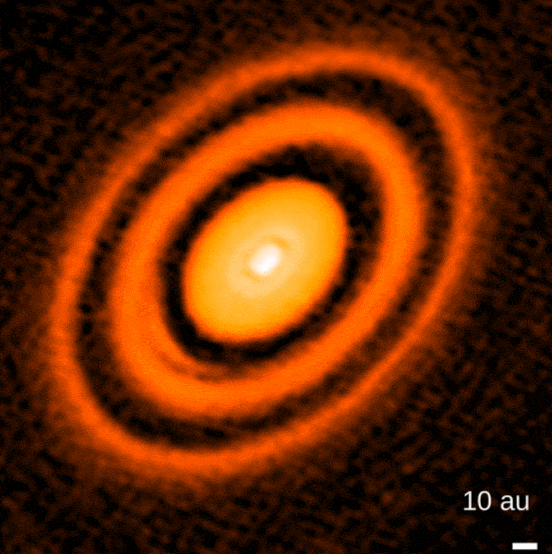Por qué no nos pegamos al suelo con la barriga – o por qué nuestra tierra no es una supertierra
Durante la búsqueda de exoplanetas, los astrónomos observan una y otra vez que nuestro sistema solar parece estar claramente apartado. No hay ni "Júpiter calientes" (gigantes gaseosos en la proximidad de la estrella central) ni supertierras (mundos rocosos con más de tres veces la masa terrestre). Al principio se pensó que esto podía deberse al modo de búsqueda. Las técnicas utilizadas funcionan especialmente bien con cuerpos celestes muy grandes y que orbitan cerca de su estrella. Sin embargo, mientras tanto, la lista de exoplanetas es claramente de cuatro dígitos, y las supertierras siguen siendo mayoría. Entonces, ¿a qué se…
